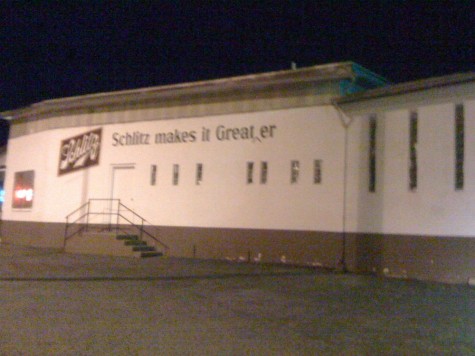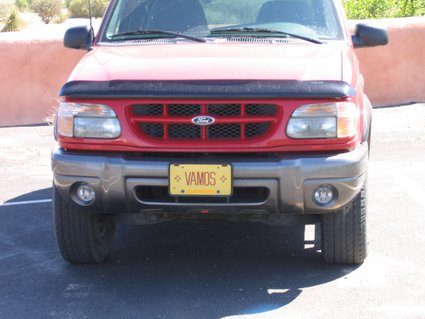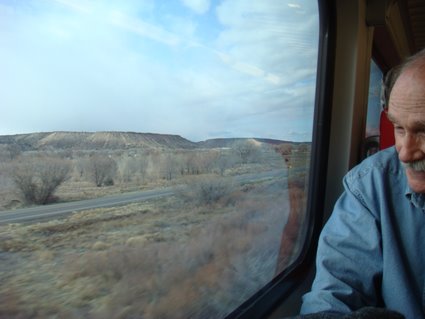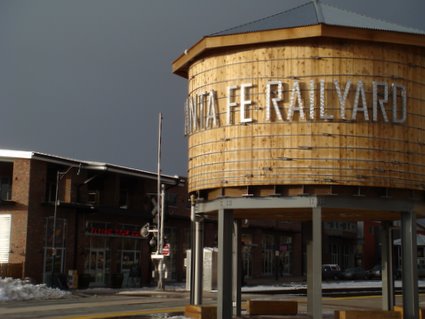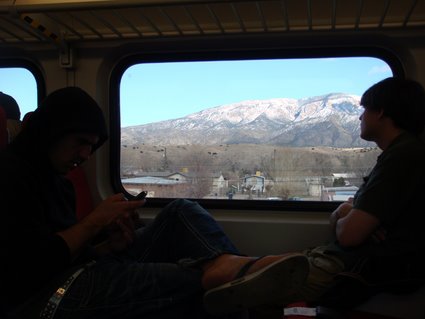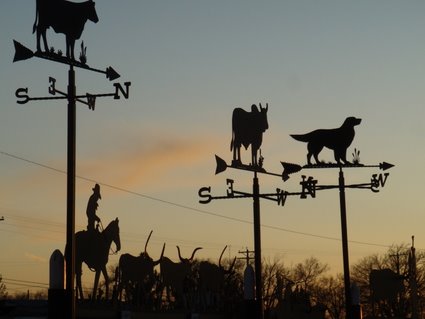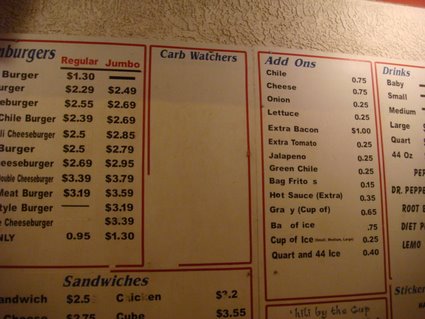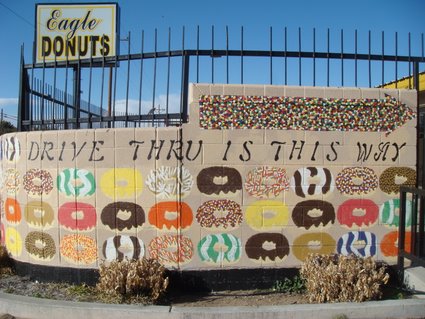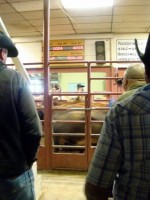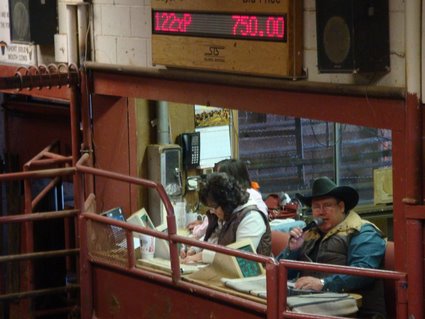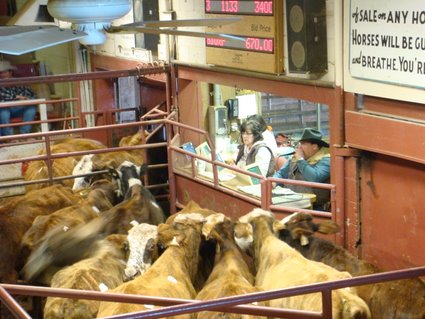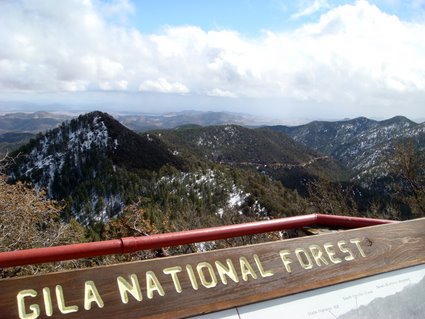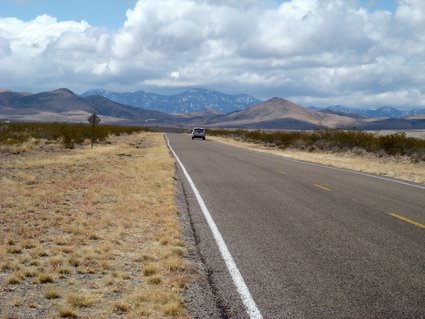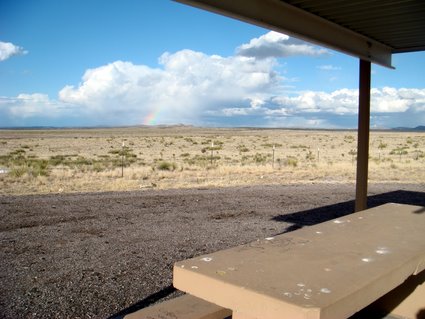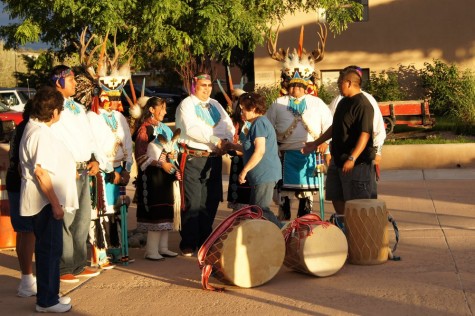
Another thrill, for my vintage hotel fixation, the El Rancho is one of America’s finest examples. The desk clerk has a pompadour and a bolo tie, and the rooms are named after Hollywood stars who came to the area to film in the 1940s. I slept in James Cagney.
It’s true, I didn’t go to Gallup just for my birthday. I was also on assignment to write about the flea market that takes place every Saturday, from about 10am on, in a big gravel lot on the northwest side, just off the highway that used to be 666. I visited once before, and I was so thrilled about all the cool stuff there that I made this haul video.
What I really noticed about the flea market this time is how it reflects Gallup’s roots–and I don’t just mean its Navajo ones, as Gallup is the “Indian Capital of the World” and where everyone from the rez comes to sell crafts and stock up at Walmart. The town grew up when the railroad came through in 1881, bringing all kinds of enterprising immigrants from everywhere.
So the majority of shoppers and vendors are Navajo—grandmas in velveteen skirts alongside teenagers in giant T-shirts and calf-length denim shorts, carrying pit-bull puppies. But there are also Mexican vendors—selling tacos, handmade Navajo-style clothing in inexpensive fabrics and even sacks of green chile. In July, green chile wasn’t yet in season in NM, but it’s got to come from somewhere, right? Why not drive a truck up from south of the border, filled with chile from hotter climes?
And I saw young Arab girls in headscarves—no idea whether they were new to town, or had deep roots here. Arabs and Muslims from the Balkans came to Gallup very early on, and there’s a big mosque right on Route 66. And then there were the missionaries—still active now as they were more than a century ago, though the current vocal bunch take a particularly strange form. And as if to round out the archetypal Wild West market vibe, I even saw one stand run by very-new-to-town-looking Chinese people, selling imported tchotchkes like paper lanterns and frilly fans.
The main reason I went was to write about the food, which you just don’t see anywhere else. Here’s some “kneel-down bread”—ground-up fresh corn packed in a husk and roasted.
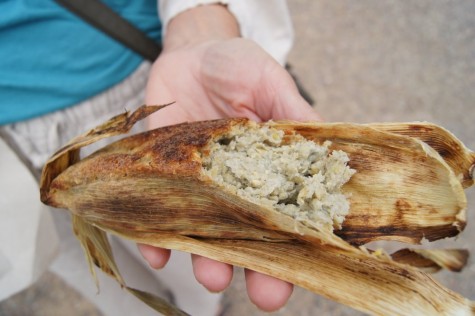
I asked the woman selling it if it was called that because you had to kneel down at a metate to grind the corn. “No,” she snapped. “That’s just what it’s called.” It reminded me of when I’d asked in Zuni why the bread was shaped that way and got similarly stonewalled. Later, I felt a little vindicated when I was eating my mutton sandwich, and the Navajo woman next to me at the table pointed to the kneel-down bread stand and said, “It’s called that because ladies used to have to kneel down to grind it on the metate…” But next time, I’ll try not to pry.
At Diamond “T” Grill, people were seated expectantly at tables before the signs are even up, waiting for lamb ribs and achii (sheep intestines around strips of fat) straight off the grill. When I asked the grillmaster if I could take a photo of his work, he cracked, “Did you set your camera to Navajo time?”
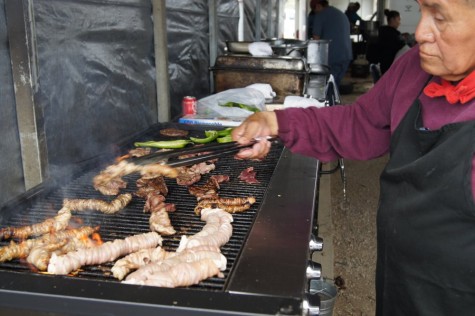
There was plenty else I wished I’d eaten. Not necessarily because it looked tasty–honestly, Navajo food can seem a little Spartan, and it appears to value the sensation of sheep fat coating your mouth. But just because where else, and how else will I ever taste this stuff? It’s a portal into another world. That’s what makes the Gallup flea so special—and heck, worth a birthday trip.
Bonus birthday give-back for my copy editor friends. Slightly misguided proofreader marks from Route 66 in Gallup, on a wild Friday night:
